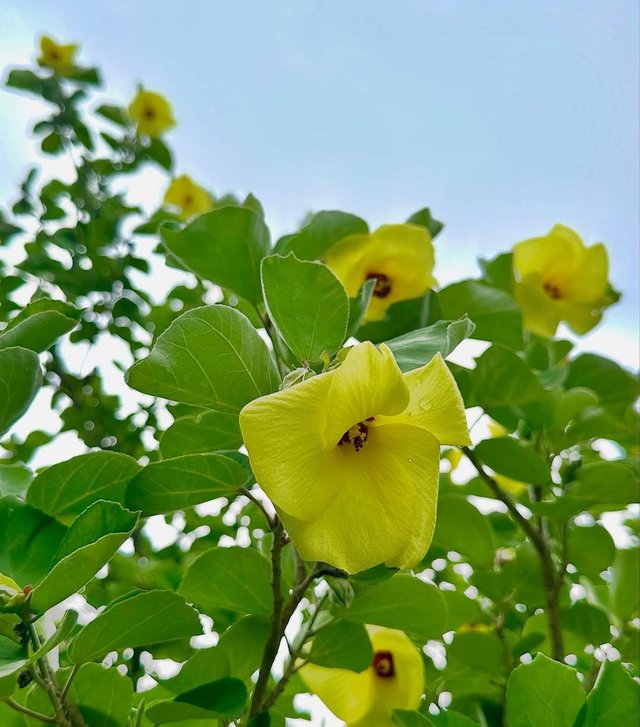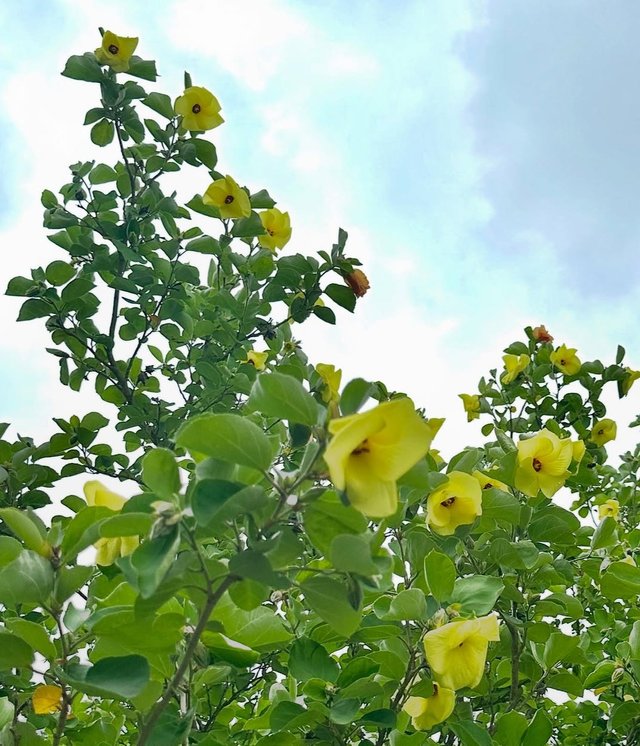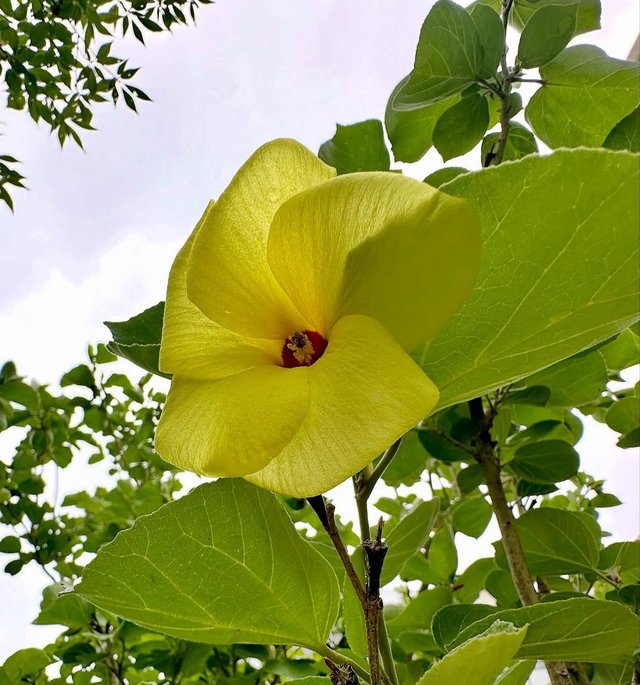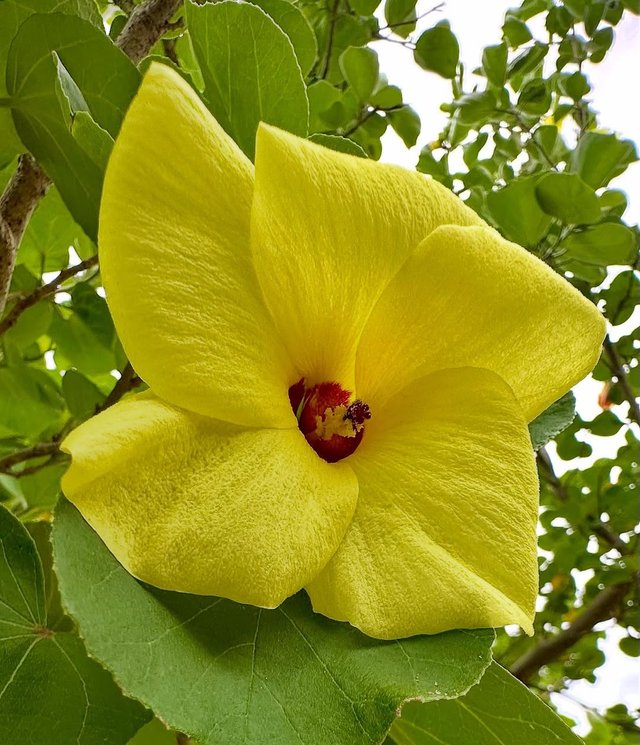Hibiscus Tiliaceus Flower So Amazing
Hibiscus tiliaceus: The Coastal Beauty of the Tropics
Hibiscus tiliaceus, commonly known as Sea Hibiscus, Beach Hibiscus, Coastal Hibiscus, or Mahoe, is a tropical flowering plant that thrives in warm coastal regions across the globe. With its distinctive heart-shaped leaves and striking yellow blooms that deepen into orange or red by evening, this plant has long been admired for its beauty, resilience, and cultural significance.
Botanical Profile
Scientific name: Hibiscus tiliaceus
Family: Malvaceae
Common names: Sea Hibiscus, Mahoe, Beach Hibiscus, Coast Cottonwood, Purau, Balibago
Native range: Tropical Asia and the Pacific Islands
Plant type: Small tree or large shrub
Height: Typically 3–10 meters tall
Habitat: Coastal forests, mangroves, riverbanks, beaches
Physical Characteristics
Leaves:The leaves of Hibiscus tiliaceus are large, broad, and heart-shaped, with a leathery texture. They closely resemble those of the linden tree , which explains the species name tiliaceus. The foliage often has a glossy, dark green top and a pale green underside covered with fine hairs.
Flowers:One of its most enchanting features is its large, trumpet-shaped flowers, usually yellow with a deep maroon or red center. These blooms are ephemeral—lasting just a single day. In the morning, they appear bright yellow and gradually darken through orange to deep red before falling off in the evening.
Fruit:The fruit is a dry, capsule-like pod containing small seeds. While not typically eaten, the seeds play a role in the plant's propagation, especially via water dispersal in coastal areas.
Ecological Role and Adaptations
Hibiscus tiliaceus thrives in salty, sandy, or waterlogged soils, making it ideal for coastal and estuarine habitats. It often forms part of the coastal vegetation barrier, stabilizing sand dunes and protecting shorelines from erosion.
Its dense canopy provides shade and shelter for various wildlife, including birds and insects. The fallen flowers and leaves decompose quickly, enriching the soil with organic matter.
| Device | cannon eos 700D |
|---|---|
| Lens | 55-250 zoom leans |
| Location | Bangladesh |




